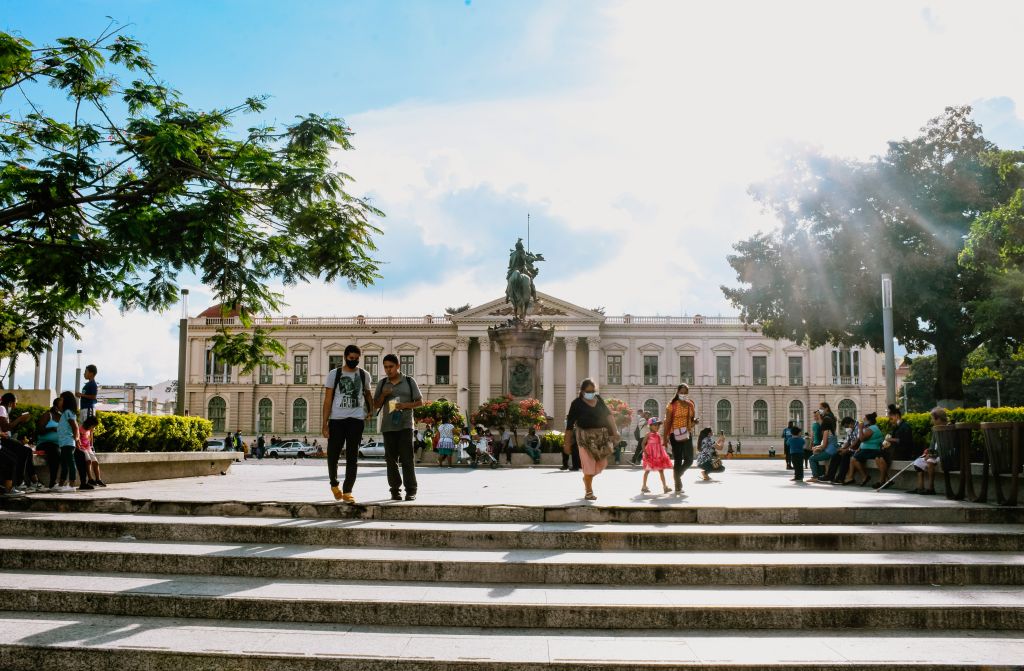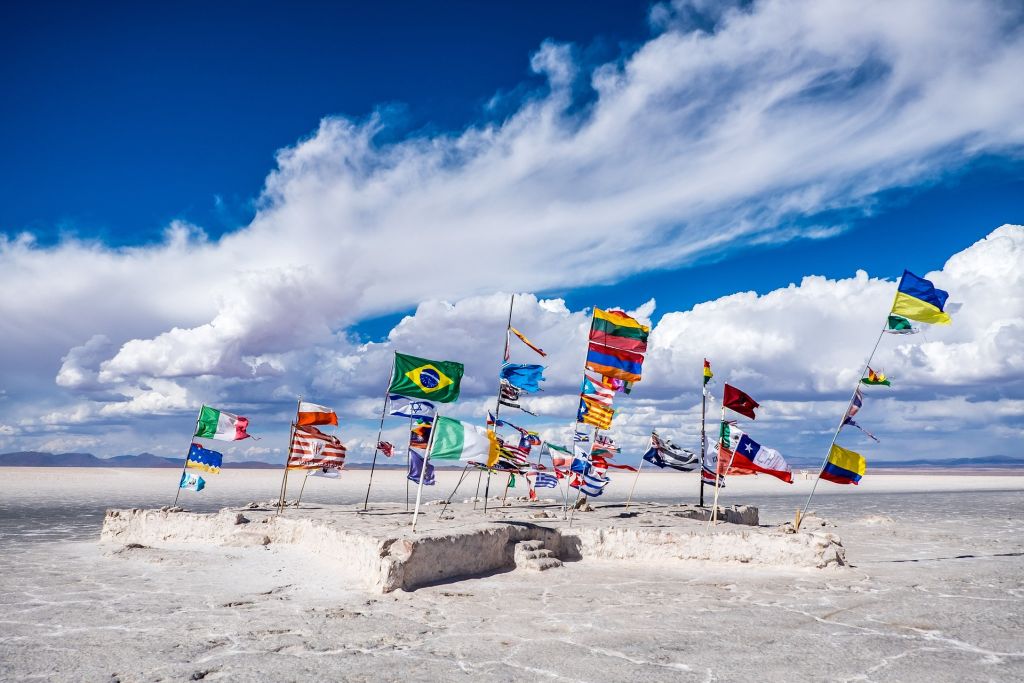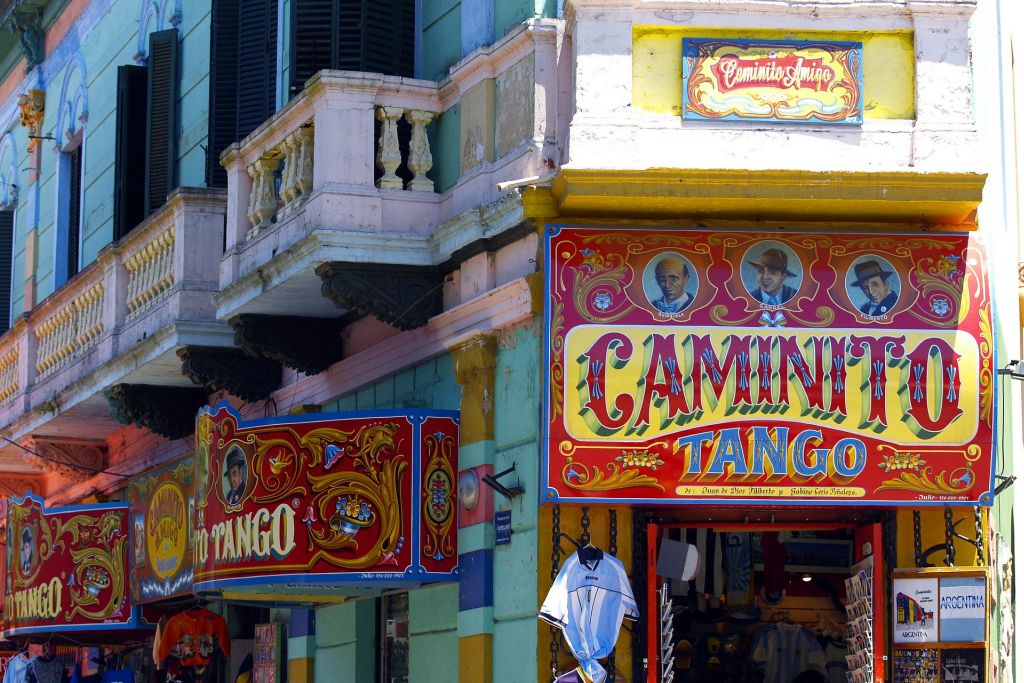The chances of this happening are good and the prospects are positive, as global interest in Latin America is growing. The region benefits from being stable in a world of increasing crises. At the same time, its importance as a supplier of energy, food and raw materials is growing. However, political risks remain.
by Alexander Busch, Latin America correspondent for Handelsblatt and Neue Zürcher Zeitung
The growth prospects for Latin America remain stable. Almost all economies will grow this year, albeit at a low level. In Chile, Peru and Uruguay, the economy will pick up compared to the previous year, according to the forecast by investment bank JP Morgan. In Brazil, Ecuador and Mexico, the pace of growth will slow compared to 2023.
Nevertheless, such forecasts should be treated with caution at present: This is because the forecasts for Latin America vary widely. For example, the Institute for International Finance is forecasting growth of 2.6 percent for Latin America this year. Oxford Economics expects the six largest economies in Latin America to grow by just 0.7 percent.
Last year, for example, most investment banks had estimated growth in Brazil to be significantly lower than it actually was: instead of stagnating, the country grew by three percent.
Latin America experiences a charm offensive from Europe
A positive factor for Latin America’s economy is that inflation is falling in almost all countries – with the notorious exceptions of Argentina and Venezuela. This means that interest rates will fall in most countries and investments will tend to increase.
Increasing interest in the region could provide a structural growth boost for Latin America in the medium term.
Last year, Europe made intensive efforts to engage with Latin America. European heads of state and delegations were constantly visiting. For the first time in eight years, an EU-Latin America summit took place, as did German-Brazilian government consultations a few weeks ago. The EU signed a modernized agreement with Chile and is about to sign one with Mexico. It has been a long time since governments in Europe have been so clearly committed to concluding the agreement with Mercosur – so far without result.
Europe is thus responding to the growing strategic importance of Latin America – albeit later than China and the USA, which have long been intensifying their relations with the region. The wealthy Middle Eastern states are also becoming important investors and trading partners for Latin America. India and other Asian countries also want to expand their relations.
Latin America is as big as the USA and China combined with only a third of the people
One reason for the increased interest is that Latin America not only produces large quantities of agricultural products, energy and metals, but also generates surpluses because it consumes little itself. For comparison: Latin America has an area roughly the size of China and the USA combined. However, at 650 million people, only around a third of the population of the two superpowers live there.
Latin America will continue to expand its leading position in individual raw materials and energy markets worldwide: It already has a leading position in individual products. Almost half of the global lithium reserves are located in South America. In addition to Chile and Argentina, Brazil, Mexico and Ecuador are also expanding production. Peru and Chile supply 40 percent of global copper demand.
15 percent of the world’s oil and gas reserves are located on the continent. Brazil and Guyana, and possibly soon Argentina, are massively increasing their exports.
Latin America’s farmers supply almost half of the agricultural products traded on the world market for food production. The importance of the region’s agriculture for global food security will continue to grow.
In addition to decoupling and reshoring, the region could benefit from powershoring
But there is also another, new reason for Latin America’s increased appeal: the region benefits from being stable in an unstable, crisis-ridden world. There is a threat of new tensions between individual countries in Latin America. However, the region has not experienced war for 100 years. It is also far removed from the current and potential trouble spots in Europe, the Middle East and the Far East.
This makes Latin America more attractive for companies that want to relocate their production chains to safer regions. The keywords are decoupling and reshoring. Mexico and Central America are already benefiting from this trend. US companies are no longer investing in China, but are building their new factories closer to their home markets.
The trend towards global corporations relocating plants to Latin America is only just beginning. It is likely to increase. This is also due to the continent’s sustainable energy matrix: Nowhere else in the world is an average of 60 percent of electricity generated from renewable energy sources – and sustainability continues to increase. Electricity in countries such as Uruguay, Paraguay and Costa Rica is generated almost exclusively from sustainable sources. For industrial companies that want to improve their emissions balance, this is also an attractive factor when deciding on a location. The keyword here is powershoring. Especially as Latin America also has the prerequisites to be a global leader in the production of green hydrogen.
Governments must seize the opportunity
The Financial Times just described the historic opportunity for the continent like this: Latin America has its best chance for a generation. Region’s unique advantages offer an extraordinary opportunity — if its governments can step up.
Currently, the biggest risks in Latin America are China, overburdened politics and organized crime.
China has become the most important sales market for Latin America’s exporters and the largest investor in many countries. The sluggish growth in the Far East is not yet reflected in the countries’ trade balances. However, shortfalls could be imminent. It also remains to be seen how China’s investments will develop. Should a conflict arise between Beijing and Taiwan, Latin American companies could have problems selling their products to the Far East.
The democracies in the region proved to be resilient in the last election cycle. However, the elected governments are finding it difficult to implement their programs and thus the voters’ mandate: Social protests as well as divided and thus paralyzed parliaments are hampering the executives in Chile, Peru, Colombia – and possibly soon in other South American countries such as Argentina.
This year, the only elections scheduled in the major economies of the twin continent are in Mexico in June. Companies there are hoping that the successor to President Andres Manuel Lopez Obrador will implement a more investor-friendly policy. After all, the prospects for Mexico are good from a business perspective.
The authoritarian regimes in Venezuela, Cuba and Nicaragua fare worse when it comes to crisis management: Latin America is experiencing a historic emigration from these countries in particular.
Organized crime is an additional burden. Drug gangs are increasingly challenging the states. It is becoming more difficult to curb their power. The costs to society are rising as insecurity increases. Although only around eight percent of the world’s population lives in Latin America, a third of the world’s murders take place there.
The experts at Latam Investor summarize the advantages of Latin America in a nutshell: Latin America is more peaceful than Eastern Europe, less corrupt than Africa and more democratic than Asia.












